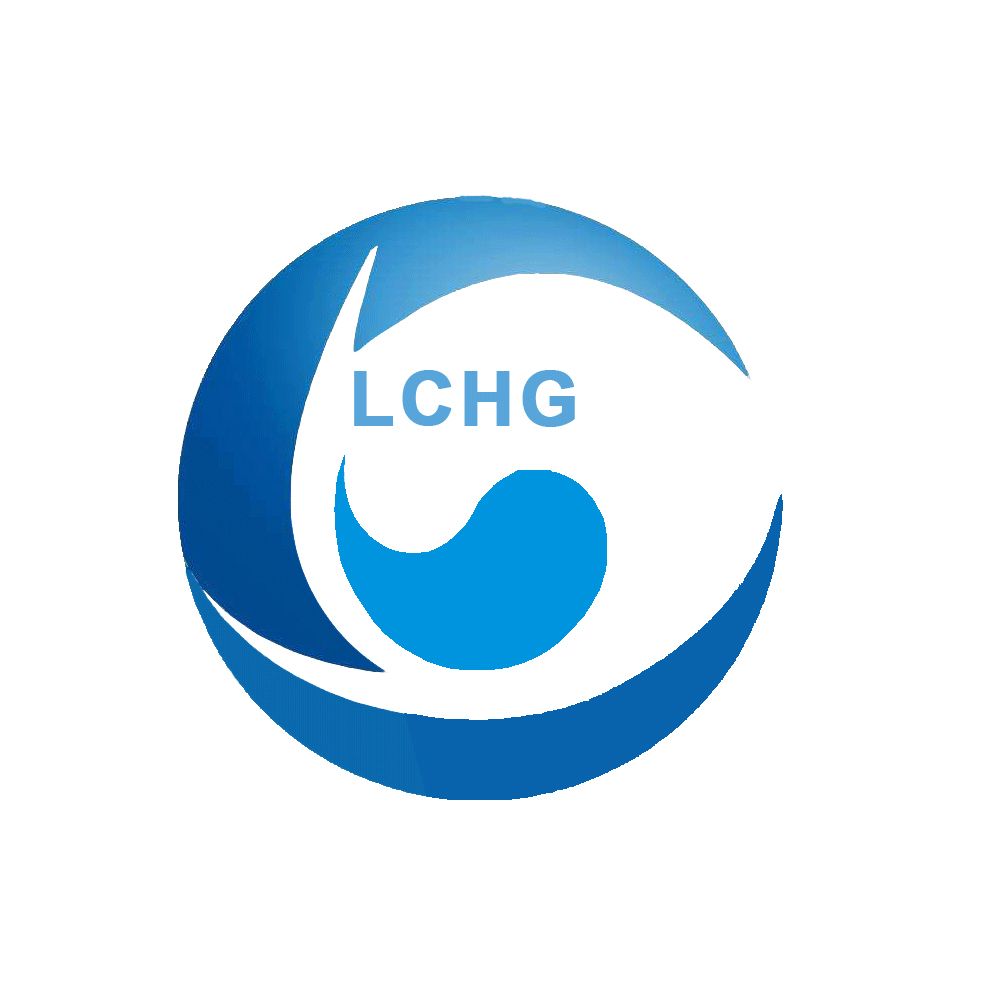Exploring the mechanism of action of total flavonoids from black goji berries in the treatment of non-alcoholic fatty liver disease based on bioinformatics
Alcoholic fatty liver disease (NAFLD) is a liver dysfunction disease that can develop into cirrhosis and even hepatocellular carcinoma (HCC). Some studies attempt to elucidate the relationship between oxidative stress, production/release of adipocytokines, hepatic insulin resistance, fat accumulation, and innate immune system activation in the pathogenesis of NAFLD. However, the intrinsic molecular mechanisms underlying the pathogenesis of NAFLD have not been fully elucidated, and more research is needed to provide a deeper understanding and explore more favorable therapeutic targets.
The antioxidant active ingredients contained in Lycium ruthenicum Murr. have been widely studied due to their higher safety than synthetic antioxidants. The total flavonoids, including water-soluble antioxidant anthocyanins, are an important class of active ingredients in black wolfberry. With a series of pharmacological studies on the total flavonoids in black wolfberry, it has been found that these components have pharmacological activities such as antioxidant, immune regulation, and lipid-lowering. The total flavonoids of black wolfberry can reduce the production of ROS and inflammation, increase the oxidation of fatty acids in the liver, and reduce the synthesis of fatty acids. It has reducing ability, lipid-lowering effect, ability to clear · OH, and anti lipid peroxidation activity. Immune cells play an important role in inflammatory response and inhibition of malignant cell proliferation. Research has found that H-flavonoids effectively inhibit macrophage infiltration, inflammation, and plaque formation by upregulating CTRP6. The total flavonoids in black wolfberry have the potential to alleviate chronic inflammation in adipose tissue and actively improve NAFLD by inhibiting or activating the interaction between immune cells and adipocytes.
This article aims to use the pharmacological activities of total flavonoids in black goji berries, such as antioxidant, lipid-lowering, and immune regulation, as a starting point for treating non-alcoholic fatty liver disease. By integrating bioinformatics analysis and various database information systems, the pharmacological mechanism of total flavonoids in black goji berries for treating non-alcoholic fatty liver disease is studied, providing new methods and ideas for further elucidating the therapeutic mechanism of NAFLD and the pharmacological mechanism of flavonoids in black goji berries.
Oxidative stress and inflammation lead to NAFLD caused by hypertriglyceridemia. Black goji berries contain various flavonoids such as water-soluble antioxidants and anthocyanins. Research has found that anthocyanins from black goji berries can significantly reduce the accumulation of triglycerides in the liver, decrease inflammation, increase GSH Px activity, and lower MDA levels. It can reduce the production of ROS and inflammation, increase the oxidation of fatty acids in the liver, and reduce the synthesis of fatty acids, thereby improving NAFLD induced by high-fat diet.
In this study, we downloaded NAFLD microarrays from the GEO database and compared the gene expression profiles between NAFLD and normal controls, obtaining 1741 upregulated differentially expressed genes and 1634 downregulated differentially expressed genes. A WGCNA gene co expression network was constructed, and 24 key genes for the treatment of NAFLD with total flavonoids from Lycium barbarum were obtained by intersecting with the obtained active ingredient targets. In addition, various bioinformatics analyses such as functional annotation and PPI network construction were conducted to understand the potential biological functions of Hub genes.
In the functional annotation section, the pathway with the highest gene enrichment in KEGG pathway analysis is the metabolic pathway, and it is widely believed that lipid accumulation caused by metabolic dysfunction is one of the important causes of NAFLD. Gene enrichment to cell apoptosis in GO biological process analysis. There is strong evidence to suggest that apoptosis can lead to NASH inflammation.
The role of NLRP3 inflammasome activation in the pathogenesis of NAFLD has received widespread attention. In the molecular docking results, the anthocyanin B2 with the highest binding score to NLRP3. Previous studies have found that anthocyanin B2 significantly reduces NLRP3, ASC, and caspase-1 signaling in lung tissue. In human umbilical vein endothelial cells (HUVEC), anthocyanin B2 significantly inhibited the activation of NLRP3 inflammasome and subsequently suppressed the activation of caspase-1 and secretion of interleukin-1 β by lipopolysaccharide (LPS). Proanthocyanidin B2 negatively regulates the gene expression of NLRP3.
We found through analyzing the correlation between Hub genes and immune cells that Hub genes are closely related to immune cells such as macrophages M1 cells, macrophages M2 cells, monocytes, gamma delta T cells, activated mast cells, resting mast cells, immature B cells, and resting CD4+memory T cells. Research has found that lipid induced liver cell stimulation triggers the release of extracellular vesicles containing tumor necrosis factor related apoptosis inducing ligand (TRAIL), which in turn activates macrophages to produce IL-1 β and IL-6. In addition, two subsets of monocytes were found in mouse blood, namely pro-inflammatory monocytes that produce macrophages with pro-inflammatory or reparative phenotypes. Pro-inflammatory monocytes are known drivers of steatohepatitis, and in summary, pro-inflammatory monocytes/macrophages are known drivers of steatohepatitis in humans and mice. Therefore, we speculate that the Hub gene is involved in the occurrence and development of NAFLD by activating or inhibiting these immune cells.
In summary, we revealed the core genes associated with non-alcoholic fatty liver disease through bioinformatics analysis, UPLC/MS-MS, and other methods, and explored the mechanism of action of total flavonoids from Lycium barbarum in treating NAFLD. Although some previous research results are consistent with our analysis, the reliability of this research result still needs further experimental verification.
